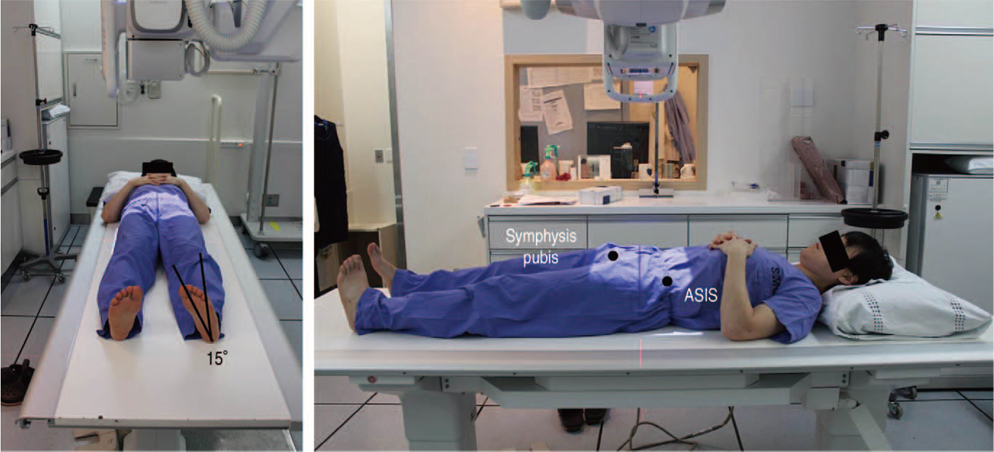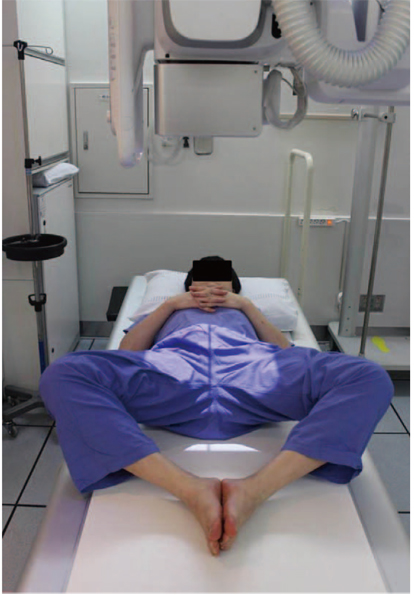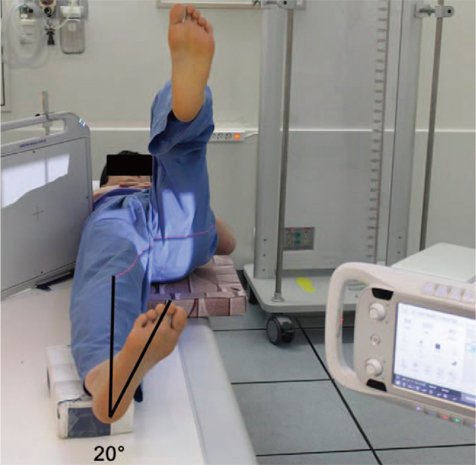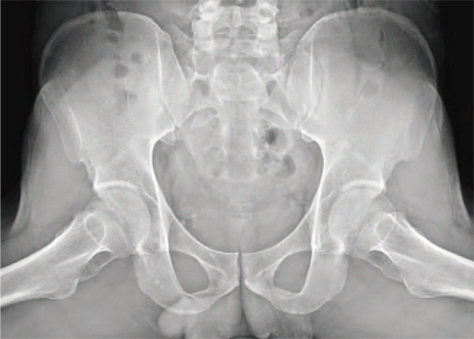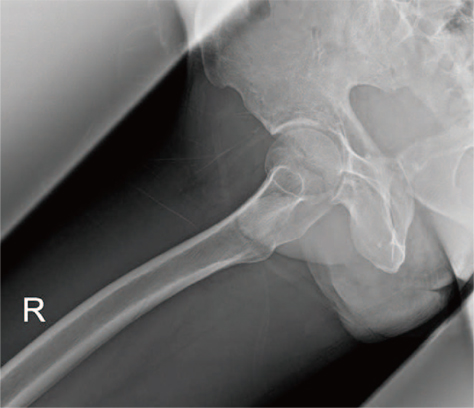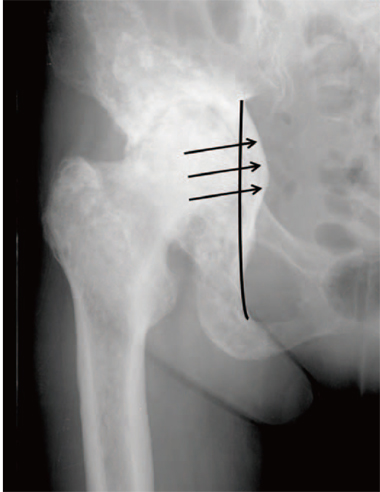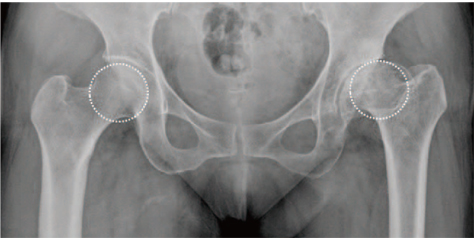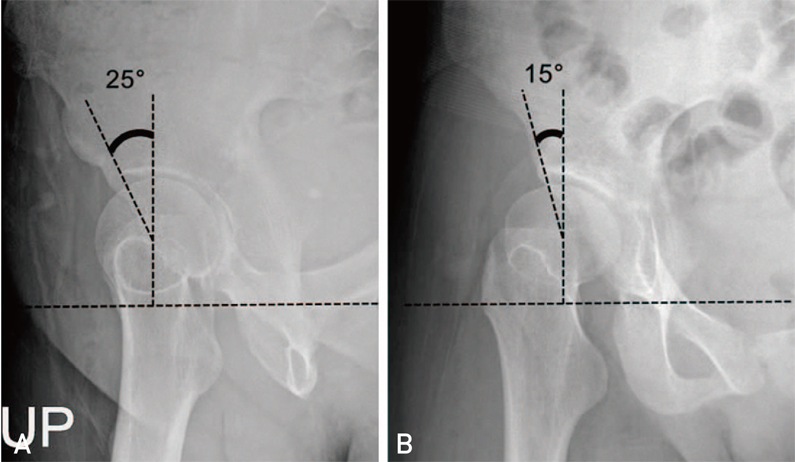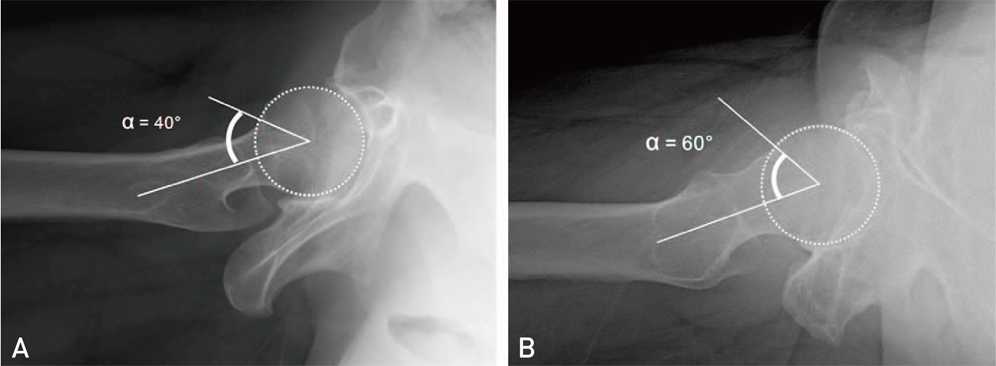Hip Pelvis.
2015 Sep;27(3):125-134. 10.5371/hp.2015.27.3.125.
Plain Radiography of the Hip: A Review of Radiographic Techniques and Image Features
- Affiliations
-
- 1Department of Orthopaedic Surgery, Samsung Medical Center, Sungkyunkwan University School of Medicine, Seoul, Korea. limsj@skku.edu
- KMID: 2069141
- DOI: http://doi.org/10.5371/hp.2015.27.3.125
Abstract
- Plain radiographic examination is a fundamental approach to the diagnosis and treatment decision-making of the hip. A thorough understanding of standard radiographic techniques, radiographic anatomy, and disease patterns affecting the hip can be helpful in improving diagnostic accuracy. This article reviews the standard protocols used to obtain radiographic projections of the hip and addresses specific signs and various radiographic measurements used to adequately and reliably recognize structural diseases of the hip.
Keyword
MeSH Terms
Figure
Reference
-
1. Callaghan JJ, Rosenberg AG, Rubash HE. The adult hip. 2nd ed. Philadelphia: Lippincott Williams & Wilkins;2007. p. 349–391.2. Tannast M, Zheng G, Anderegg C, et al. Tilt and rotation correction of acetabular version on pelvic radiographs. Clin Orthop Relat Res. 2005; 438:182–190.
Article3. Hananouchi T, Sugano N, Nakamura N, et al. Preoperative templating of femoral components on plain X-rays Rotational evaluation with synthetic X-rays on ORTHODOC. Arch Orthop Trauma Surg. 2007; 127:381–385.
Article4. Clohisy JC, Carlisle JC, Beaulé PE, et al. A systematic approach to the plain radiographic evaluation of the young adult hip. J Bone Joint Surg Am. 2008; 90:Suppl 4. 47–66.
Article5. Engesæter IØ, Laborie LB, Lehmann TG, et al. Radiological findings for hip dysplasia at skeletal maturity. Validation of digital and manual measurement techniques. Skeletal Radiol. 2012; 41:775–785.
Article6. Jamali AA, Mladenov K, Meyer DC, et al. Anteroposterior pelvic radiographs to assess acetabular retroversion: high validity of the "cross-over-sign". J Orthop Res. 2007; 25:758–765.
Article7. Kalberer F, Sierra RJ, Madan SS, Ganz R, Leunig M. Ischial spine projection into the pelvis: a new sign for acetabular retroversion. Clin Orthop Relat Res. 2008; 466:677–683.8. Chosa E, Tajima N. Anterior acetabular head index of the hip on false-profile views New index of anterior acetabular cover. J Bone Joint Surg Br. 2003; 85:826–829.9. Tannast M, Siebenrock KA, Anderson SE. Femoroacetabular impingement: radiographic diagnosis--what the radiologist should know. AJR Am J Roentgenol. 2007; 188:1540–1552.
Article10. Eijer H, Leunig M, Mahomed M, Ganz R. Cross-table lateral radiograph for screening of anterior femoral head-neck offset in patients with femoroacetabular impingement. Hip Int. 2001; 11:37–41.
Article
- Full Text Links
- Actions
-
Cited
- CITED
-
- Close
- Share
- Similar articles
-
- Hip and Pelvis Diseases on Lumbar AP Radiographs Including Both Hip Joints
- Plain Abdominal Radiography in Infants and Children
- Comparative study of radiography and scintigraphy for loosening and infection of prosthetic hip replacement
- Changes of the hip joints associated with chronic subluxation and dislocation: CT and plain radiographic analysis
- Common positioning errors in panoramic radiography: A review

